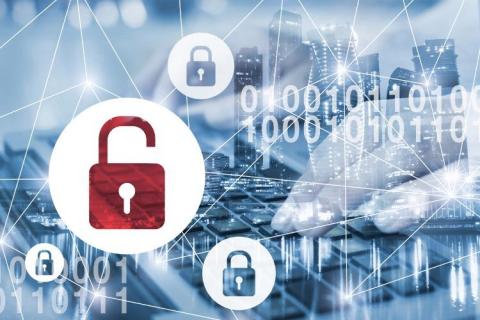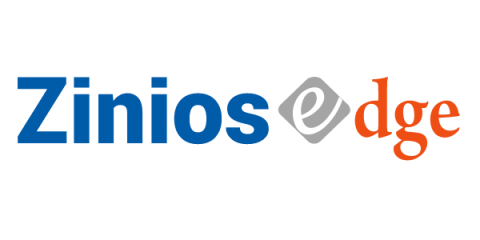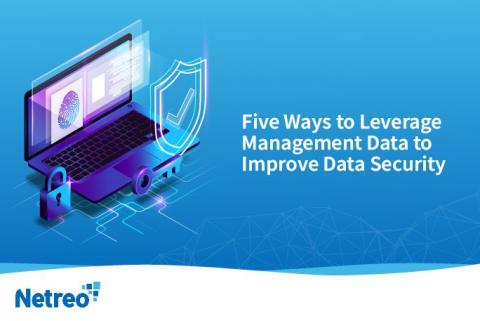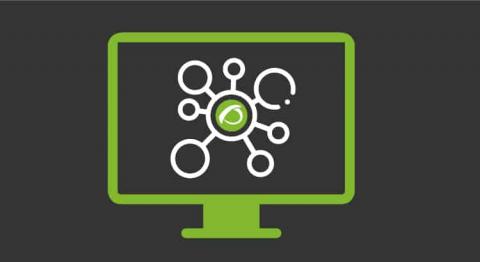Operations | Monitoring | ITSM | DevOps | Cloud
Data Security
Maintaining Internet Privacy for Your Business
Healthcare cybersecurity: Our 6-step plan to secure healthcare data
The HIPAA Journal reported that “2020 was the worst ever year for healthcare industry data breaches.” In the US alone, there were 642 reported data breaches in which the number of records stolen exceeded 500, and in total, nearly 29.3 million healthcare records were exposed.
Importance of Data Security For Mobile Healthcare Apps
Telemedicine or mobile healthcare apps are unquestionably important in our daily lives, as the world is increasingly shifting to an all-digital landscape. And when you think of the current pandemic scenario when social distancing and wearing masks are the new normal, nothing seems to be safer than using mobile health apps. But are we really safe while using these apps? Well, that brings us to the concern of being safe on the internet while using mobile healthcare apps.
Five worthy reads: Make data security your New Year's resolution
Five worthy reads is a regular column on five noteworthy items we’ve discovered while researching trending and timeless topics. More than ever, now is the time for organizations to prioritize data security. This week we look at some data security trends that are shaping the industry today. Illustration by Balaji KR A recent study conducted by RiskBased Security has labeled 2020 the worst year for data security with a shocking 36 billion records compromised, twice the number from 2019.
Data security in the digital workspace
Dealing with data glut: Why ROT data is an issue, and how to manage it
As file storage grows rapidly year after year, new challenges arise around keeping data safe and maintaining control over data storage systems. Who owns which files? Whose files take up what volume of enterprise storage? Which files have become obsolete? How many copies of a file exist, and where? Are there any stale files that contain sensitive data? These questions require up-to-date answers to ensure that business, compliance, and data security needs are easily and effectively met.
Five Ways to Leverage Management Data to Improve Data Security
Data security improvements can be an expensive necessity, but there are ways to make those improvements for free using your network and systems management data. While your network and systems management platform can’t replace your SIEM or IDS, making these improvements can improve your efficiency in a variety of valuable ways. If you monitor down to the individual switch port level, which we always recommend, you’ll have very granular data that can be used to spot changes in behavior.
All About Trust
Data Security for Big Data
Big data security is a term used for all collective measures taken to protect both data and analytical processes from theft, attacks or all other malicious activities. Just like other forms of cybersecurity, big data security is about attacks originating from every online or offline sphere. Companies operating on the cloud face multiple challenges including online information theft, DDoS attacks and ransomware.











